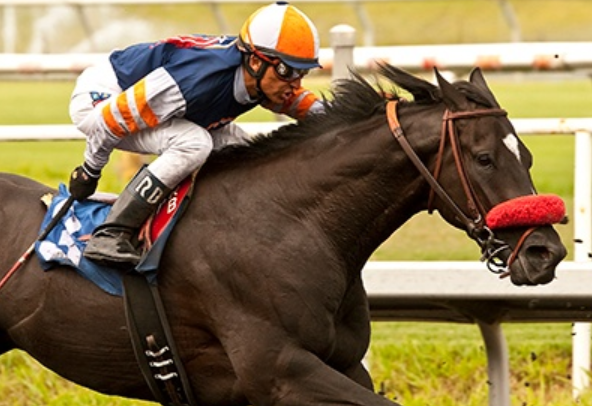Horse racing is a sport that combines speed, agility, endurance, and strategy. But not every horse can excel on the racetrack. Becoming a successful racehorse is a combination of genetics, training, physical attributes, and temperament. From Thoroughbreds to Standardbreds, certain horses are specifically bred and trained for racing, setting them apart from casual riding horses or workhorses.
In this article, we’ll explore the key qualities and factors that make a horse a true racehorse.
1. Genetics and Bloodline
The foundation of a racehorse starts with breeding. Certain breeds are naturally predisposed to speed, stamina, and athleticism.
- Thoroughbreds: The most famous racehorses in the world. Known for speed and agility, they dominate flat racing.
- Standardbreds: Commonly used in harness racing, these horses are known for their endurance and consistent pacing.
- Quarter Horses: Built for short-distance sprints, they are incredibly fast over distances up to a quarter mile.
Bloodline plays a critical role, as offspring of successful racehorses often inherit desirable traits like muscle composition, lung capacity, and competitive temperament.
2. Physical Attributes
A racehorse must have an ideal physical build to compete at high speeds:
- Muscular Structure: Strong hindquarters for propulsion, a deep chest for lung capacity, and lean muscles for speed.
- Leg Conformation: Straight, strong legs with well-developed tendons and joints minimize injury risk.
- Hooves: Healthy, strong hooves allow for traction and endurance on various track surfaces.
- Height and Weight: Most racehorses are between 15.2 and 17 hands tall and maintain a lean, athletic weight for optimal performance.
These attributes combine to give a horse the strength, speed, and balance needed for racing.
See also: How Technology Is Changing Horse Racing
3. Temperament and Mental Toughness
A racehorse isn’t just defined by physical traits; temperament is equally important:
- Competitive Nature: Racehorses must have a strong desire to run and a willingness to push themselves.
- Focus and Calmness: Horses that are too nervous may waste energy, while overly passive horses may lack drive.
- Trainability: A horse must respond well to training, follow the jockey’s guidance, and adapt to different racing situations.
The best racehorses have a winning mindset, combining courage, determination, and responsiveness.
4. Training and Conditioning
Even the best-bred horse won’t excel without proper training:
- Early Exercise: Young horses are gradually introduced to exercise routines to build stamina and muscle without risking injury.
- Speed Workouts: Sprinting and interval training improve acceleration and endurance.
- Diet and Nutrition: High-quality feed, supplements, and hydration optimize energy levels and recovery.
- Rest and Recovery: Adequate rest is crucial to prevent overtraining and injuries.
A trained racehorse is conditioned both physically and mentally for the unique challenges of competitive racing.
5. Health and Veterinary Care
Ongoing health monitoring ensures a racehorse performs at its best:
- Regular Veterinary Checkups: Detects and prevents injuries or illnesses.
- Joint and Muscle Care: Therapies like massages, physiotherapy, and even hydrotherapy maintain flexibility and strength.
- Injury Prevention: Hoof care, leg wraps, and careful management of training intensity help avoid setbacks.
Healthy, well-cared-for horses are far more likely to reach their peak racing potential.
6. Racing Experience
Experience on the track is essential for developing a racehorse’s competitive edge:
- Gate Training: Horses learn to start quickly and calmly from starting gates.
- Exposure to Crowds and Noise: Helps prevent distraction or nervousness on race day.
- Competitive Races: Gradually increasing competition levels improves strategy, stamina, and resilience.
A racehorse combines innate ability with learned skills, allowing it to perform under pressure.
Conclusion
A true racehorse is the result of a perfect blend of genetics, physical prowess, mental toughness, careful training, and health management. It’s not just about speed—it’s about endurance, responsiveness, and the desire to compete.
Whether sprinting in a short-distance race or galloping across the finish line of a classic event, racehorses embody strength, agility, and determination. Understanding what makes a horse a racehorse helps fans, breeders, and trainers appreciate the dedication and science behind every stride on the racetrack.
